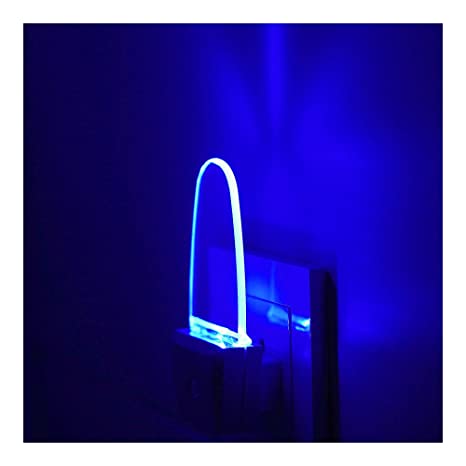The Intersection of LED Lighting and Public Health
The influence of LED lighting on public health is a topic of increasing interest and importance. As LED technology becomes more prevalent in our daily lives, understanding its effects on health and well-being is crucial. LED lighting offers benefits like energy efficiency and longevity, but its impact extends beyond just physical health; it also encompasses environmental health and overall well-being.
LED Lighting and Circadian Rhythms
One of the most significant health aspects of LED lighting is its effect on circadian rhythms. The body’s internal clock, which regulates sleep-wake cycles, is sensitive to light, particularly the blue light emitted by LEDs. Exposure to LED light, especially at night, can disrupt these rhythms, potentially leading to sleep disturbances. However, recent advancements in LED technology have introduced warmer, less blue light options, mitigating these concerns and allowing for healthier lighting solutions in both homes and public spaces.
Enhancing Safety and Well-being with LED Street Lighting
LED street lighting plays a vital role in public safety and well-being. Improved visibility due to better quality light can reduce accidents and enhance security in public areas. Additionally, well-lit streets are essential for the safety of pedestrians and drivers alike. The shift to LED street lighting not only promotes safety but also contributes to energy conservation, reflecting a commitment to both public health and environmental sustainability.
The Role of LED Lighting in Workplace Health
The influence of LED lighting in workplaces is profound, impacting employee health and productivity. Proper lighting is crucial for reducing eye strain and headaches, common issues in office environments. LEDs can provide bright, consistent light that reduces these risks. Moreover, customizable LED solutions can mimic natural daylight, improving mood and alertness, and contributing to a healthier, more productive workplace.
Environmental Health Benefits of LED Lighting
The environmental health benefits of LED lighting are significant. LEDs are more energy-efficient than traditional lighting, reducing greenhouse gas emissions and the reliance on fossil fuels. Additionally, LEDs contain no toxic elements like mercury, minimizing environmental pollution and health risks associated with the disposal of lighting products. By contributing to a healthier environment, LED lighting indirectly benefits public health on a broader scale.
The Impact of LED Lighting on Sleep Quality
The quality of sleep is crucial for overall health, and LED lighting can have both positive and negative impacts in this regard. While exposure to blue light from LEDs at night can disrupt sleep, strategic use of lighting can also promote better sleep patterns. For instance, using warmer, dimmer lighting in the evenings can signal the body to prepare for sleep, while bright, cooler light in the morning can help wake up more effectively.
Navigating the Health Aspects of LED Lighting
In conclusion, the influence of LED lighting on public health is multifaceted, affecting everything from circadian rhythms and sleep quality to environmental health and workplace well-being. As LED technology evolves, understanding and mitigating any negative impacts while maximizing the positive effects will be key. By doing so, LED lighting can be effectively harnessed to promote public health and contribute to a more sustainable and healthy future.





